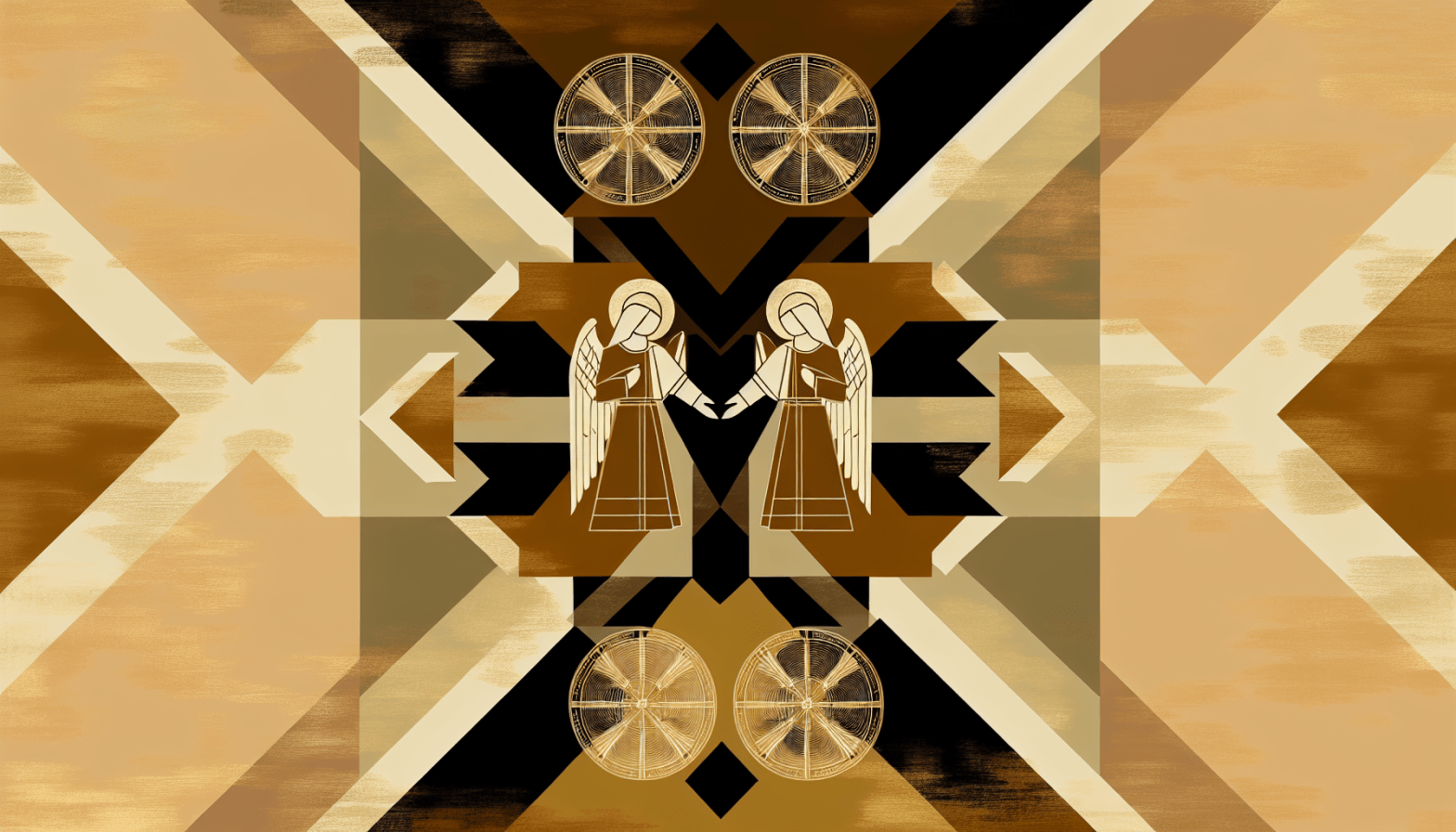Introduction to the Catechism
The Catechism has been a vital tool in shaping the faith and beliefs of countless individuals across the world. As a central resource in the Catholic Church and many other Christian communities, its teachings help guide believers in understanding their faith better. This blog post will explore what the Catechism is, its history, its structure, and its role in the spiritual lives of Christians. If you’re seeking a deeper understanding of the Catechism, you’re in the right place.
What is the Catechism?
At its core, the Catechism is a systematic summary of the principles and doctrines of the Christian faith. It serves as a comprehensive guide, primarily used for teaching and education within the church. The most widely recognized version is the Catechism of the Catholic Church (CCC), published in 1992, which consolidates the beliefs of the Catholic Church into a single volume.
The word “catechism” comes from the Greek word “katekhizein,” which means “to sound down” or “to teach by instruction.” It has traditionally been used as a method of religious instruction, encompassing a range of topics from the sacraments and prayers to moral teachings and scripture.
The History of the Catechism
Understanding the Catechism requires a look into its rich history. The roots of catechetical instruction can be traced back to the early church, where new converts were educated about the basic tenets of the faith. Notable early catechisms include the “Didache,” a Christian treatise from the first century, and the works of Church Fathers like Augustine and Aquinas.
In the 16th century, as a response to the Protestant Reformation, the Catholic Church saw the need for a more formalized structure of catechetical instruction. The Council of Trent (1545-1563) established a framework for catechesis, leading to the creation of various catechisms, particularly the Baltimore Catechism used in the United States.
The most significant development in modern catechetical practice came in the late 20th century with the release of the Catechism of the Catholic Church in 1992 under Pope John Paul II. This comprehensive text was designed to make the church’s teachings more accessible and understandable for the contemporary believer.
The Structure of the Catechism
The Catechism of the Catholic Church is organized into four main parts, each corresponding to a pillar of the faith:
-
The Profession of Faith: This section outlines the Apostle’s Creed and delves into the fundamental beliefs of the Christian faith. It answers essential questions such as “What do we believe?” and explains the meaning behind each article of the Creed.
-
The Celebration of the Christian Mystery: Here, the focus is on the sacraments and the liturgy. The Catechism explains how these sacred rites help to sanctify the faithful and brings them closer to God, emphasizing the importance of participation in the life of the Church.
-
Life in Christ: This part is dedicated to moral teachings. It covers the Ten Commandments and discusses the virtues and moral choices that guide Christians in living a life that reflects their faith.
-
Christian Prayer: The final section addresses the importance of prayer in the Christian life. It explores various forms of prayer, including personal and communal prayer, and introduces the Lord’s Prayer as the pinnacle of Christian prayer.
Additionally, the Catechism includes references to Scripture, the writings of Church Fathers, and the documents from Ecumenical Councils, supporting its teachings with authentic sources.
The Importance of the Catechism in Spiritual Life
The Catechism serves as a vital resource for both individuals and the Church community. Here are some key reasons it is important in the spiritual life of Christians:
1. Foundation for Faith Formation
The Catechism provides a solid foundation for faith formation, particularly for new converts and young people preparing for sacraments such as Confirmation or First Communion. Engaging with the Catechism helps individuals articulate their faith and understand its principles, fostering a stronger relationship with God.
2. Guidance for Moral Decision-Making
In an increasingly complex world, Christians often face moral dilemmas. The Catechism serves as a guide for understanding ethical principles rooted in Scripture and Church teaching. By studying its content, believers can navigate challenges in their lives with faith and integrity.
3. Encouragement for Prayer and Sacramental Life
The emphasis on prayer and sacramental life found in the Catechism encourages believers to incorporate these vital elements into their daily routines. The insights provided about different forms of prayer support growth in one’s spiritual life, enabling individuals to strengthen their relationship with God.
4. Resource for Teaching and Evangelization
The Catechism acts as a key resource for priests, catechists, and laypersons devoted to teaching others about the faith. It helps equip educators with the necessary knowledge and understanding to effectively pass on Catholic traditions and beliefs.
How to Use the Catechism Effectively
For those looking to engage deeply with the Catechism, it can be quite an enriching experience. Here are some tips on how to use it effectively:
1. Regular Study and Reflection
Set aside time for regular study of the Catechism. Even a few minutes each day can lead to significant insights over time. Reflect on how its teachings apply to your life and faith journey.
2. Incorporate Scripture
The Catechism is rich with references to the Bible. As you read, take the time to look up and read the associated scripture passages. This practice allows you to see how the Catechism is deeply rooted in the Word of God.
3. Join a Study Group
Consider joining a Catechism study group at your parish. Engaging with others can enhance your understanding through discussion and shared insights, making the experience more enriching and fulfilling.
4. Use Supplementary Resources
There are many supplementary resources available, including online courses, audio recordings, and books that explore the themes of the Catechism more deeply. These tools can enhance your learning and provide different perspectives on complex topics.
Conclusion
The Catechism serves as a profound resource for understanding and living out the Christian faith. Its systematic approach, historical significance, and comprehensive teachings make it an indispensable guide for believers seeking to deepen their relationship with God. By engaging with this important text, Christians can find clarity, strength, and guidance in their spiritual journeys. Whether you are a lifelong believer or someone new to the faith, creating a habit of studying the Catechism can profoundly impact your understanding and practice of faith. Embrace the opportunity to explore and reflect on this essential aspect of Christian education; it may very well transform your spiritual life.









